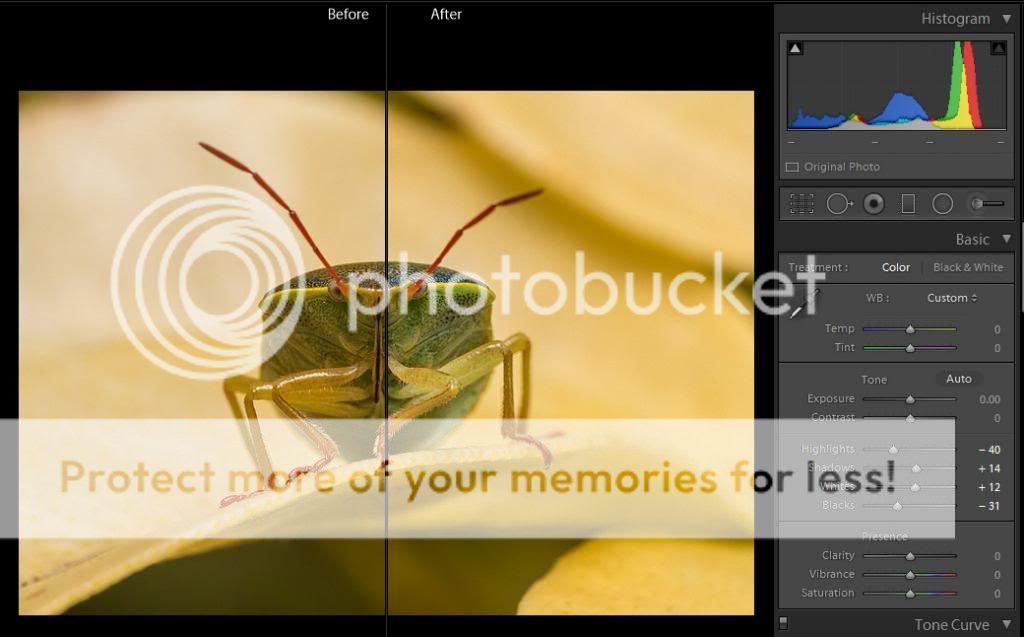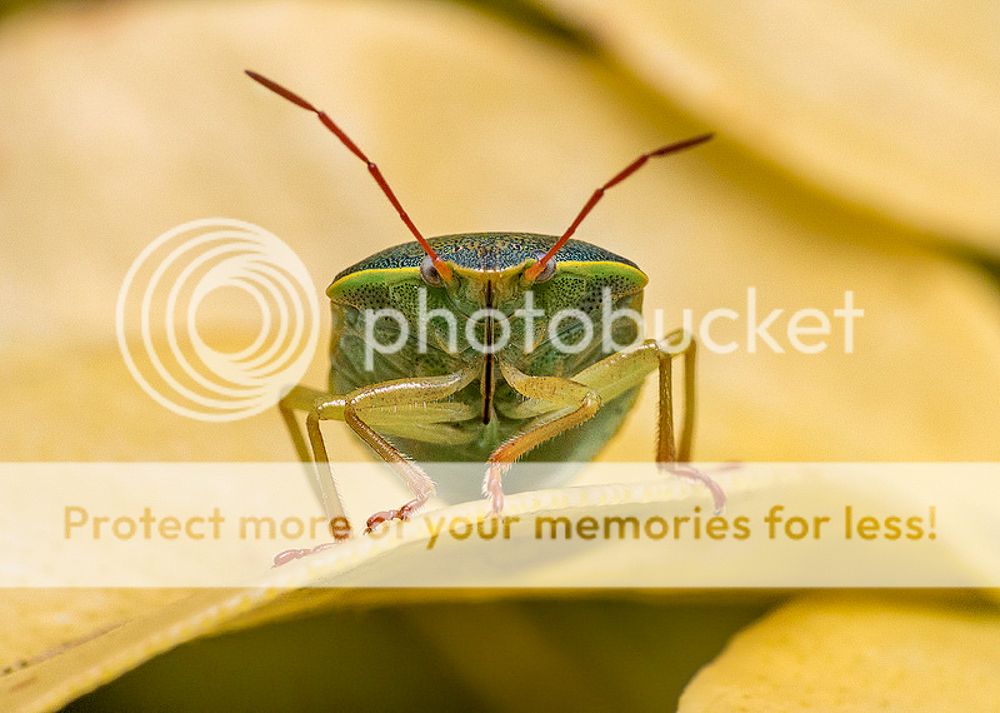He he, you knew where I was going.
Yeah, saw that one coming

In fact I was going to expand further and mention the "golden hour" shots as the prime example. I am in full agreement with you on this.
I also agree with your reasons for preferring these as they are, and as you say, that's more personal choice. Before I read your reply I was mulling over these images and deciding how I would treat them, As I've mentioned before, although I always try and minimise the post production process, it's something I enjoy and I tend to spend some time editing my images, even if the results are quite subtle.
I was pretty sure you wouldn't mind, so I thought I would have a play with my favourite of this set and have a look how I would process it (if you do mind, of course I will remove them)...
Thinking about it further, and before I began I figured that just reducing the yellow channel across the image would likely have a negative effect on the background, and as a result, a large percentage of the image. I figured I might have to do something a bit more time consuming with the adjustment brush:

As you can see, I chose quite an extreme colour change, and then some slight changes to shadows/highlights and contrast (also a slight saturation boost).
The main changes were very slight, but here is a side by side comparision:

That was pretty much it. I suppose it didn't really need the adjustments to shadows and highlights. The starting image was nice as it was, and I assume you would have addressed any issues here as you felt fit. Sometimes I just can't stop messing with sliders!
Anyway, I felt the final image was a very strong one (before I got my hands on it), and these changes are really typical of the type of thing I would do to my captures. Usually I would take it into PS for sharpening or any cloning.
Anyway this is what I ended up with:

I feel that the colour adjustments have separated the subject from the background a bit more, and the slight contrast changes have given it a bit more punch. They've also moved it away from the "realistic" approach, but I think this still stays true to the subject and as such is still credible.




